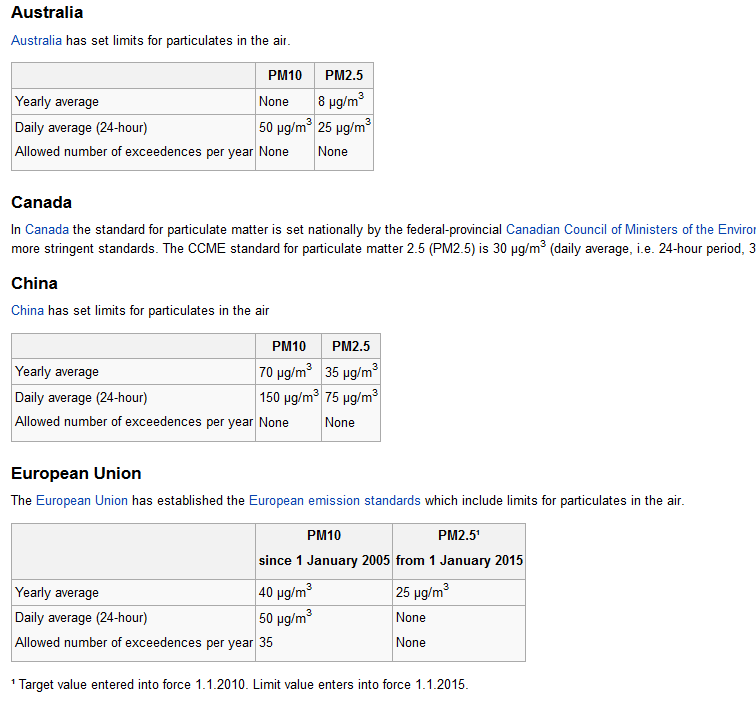China pledged on Sunday that it will make sure that 60 percent of its cities meet national pollution standards by 2020, with pressure growing to make cities liveable as hundreds of millions of migrants are expected to relocate from the countryside.
Smog may kill 2.1 million people a year, many of them in China, and people are starting to protest.
According to the State Council, 60 percent of the cities will meet national air quality standards in 2020, which it said was up from 40 percent in 2012.
However, at China’s annual parliamentary session earlier this month, officials said only three of 74 major cities met the pollution standards in 2013.
The State Council plan outlined a lengthy list of policies it will implement to meet the target, including boosting renewable energy use, curbing emission-intensive industries and taking the most-polluting vehicles off the roads.
China will also set up a tiered pricing system for electricity, natural gas and water, to control rapid growth in consumption of scarce natural resources.
The government plans to roll out trading systems for carbon and air pollutant emissions, energy-saving certificates and water to provide economic incentives to reduce waste.
China has already picked seven key regions to launch pilot carbon trading schemes with the intention of setting up a national market to cut emissions per unit of GDP by 40-45 percent from 2005 levels by 2020.
In 2013, China promised to cut the pollution released by industry by almost a third by 2017, and to spend $283 billion cleaning up Beijing and the surrounding area.
China has weaker air pollution standards than most places in the world. China was failing to meet even its own weaker air pollution standards on most days.
Wikipedia reports the particulate air pollution standards of many countries.
In Beijing’s local government, the warning has been heard. In mid-January, the capital city’s mayor, Wang Anshun, announced a pledge to cut coal use by 2.6 million tons and a commitment of 15 billion yuan ($2.4 billion) to help with the city’s “all-out effort” to improve air quality. Coal burning is one of the city’s largest sources of pollution, particularly during the winter, because it remains the main heating source for homes in the capital’s periphery.
China’s state-run Xinhua News Agency reported new statistics published by the Ministry of Environmental Protection, showing that the amount of PM2.5 and PM10, two key pollutants that are monitored for air quality, increased in December by 55.7 percent and 30.1 percent, respectively. The ministry also reported that on average all of the nation’s major cities were not able to meet the environmental standards for more than 70 percent of the days. Perhaps experiencing the worst of the pollution last month was the eastern China’s Yangtze River Delta area, which reportedly experienced bad pollution on 81 percent of the days.
If you liked this article, please give it a quick review on ycombinator or StumbleUpon. Thanks

Brian Wang is a Futurist Thought Leader and a popular Science blogger with 1 million readers per month. His blog Nextbigfuture.com is ranked #1 Science News Blog. It covers many disruptive technology and trends including Space, Robotics, Artificial Intelligence, Medicine, Anti-aging Biotechnology, and Nanotechnology.
Known for identifying cutting edge technologies, he is currently a Co-Founder of a startup and fundraiser for high potential early-stage companies. He is the Head of Research for Allocations for deep technology investments and an Angel Investor at Space Angels.
A frequent speaker at corporations, he has been a TEDx speaker, a Singularity University speaker and guest at numerous interviews for radio and podcasts. He is open to public speaking and advising engagements.



